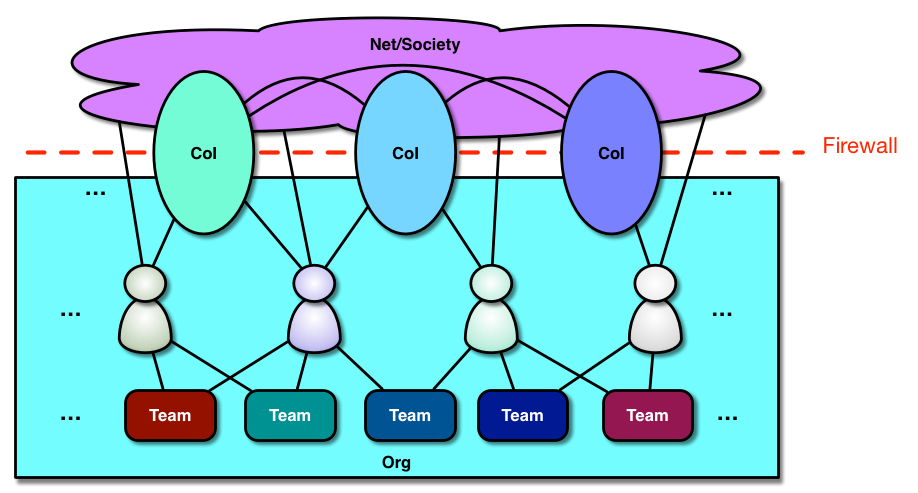(I looked because I’m sure I’ve talked about this before, but apparently not a full post, so here we go.)
If we want our learning to stick, it needs to be spaced out over time. But what sorts of things will accomplish this? I like to think of three types, all different forms of reactivating learning.
Reactivating learning is important. At a neural level, we’re generating patterns of activation in conjunction, which strengthens the relationships between these patterns, increasing the likelihood that they’ll get activated when relevant. That’s why context helps as well as concept (e.g. don’t just provide abstract knowledge). And I’ll suggest there are 3 major categories of reactivation to consider:
Reconceptualization: here we’re talking about presenting a different conceptual model that explains the same phenomena. Particularly if the learners have had some meaningful activity from your initial learning or through their work, showing a different way of thinking about the problem is helpful. I like to link it to Rand Spiro’s Cognitive Flexibility Theory, and explain that having more ways to represent the underlying model provides more ways to understand the concept to begin with, a greater likelihood that one of the representations will get activated when there’s a problem to be solved, and will activate the other model(s) so there’s a greater likelihood of finding one that leads to a solution. So, you might think of electrical circuits like water flowing in pipes, or think about electron flow, and either could be useful. It can be as simple as a new diagram, animation, or just a small prose recitation.
Recontextualization: here we’re showing another example. We’re showing how the concept plays out in a new context, and this gives a greater base upon which to abstract from and comprehend the underlying principle, and providing a new reference that might match a situation they could actually see. To process it, you’re reactivating the concept representation, comprehending the context, and observing how the concept was used to generate a solution to this situation. A good example, with a challenging situation that the learner recognizes, a clear goal, and cognitive annotation showing the underlying thinking, will serve to strengthen the learning. A graphic novel format would be fun, or story, or video, anything that captures the story, thinking, and outcome would work.
Reapplication: this is the best, where instead of consuming a concept model or an example, we actually provide a new practice problem. This should require retrieving the underlying concept, comprehending the context, and determining how the model predicts what will happen to particular perturbations and figuring out which will lead to the desired outcomes. Practice makes perfect, as they say, and so this should ideally be the emphasis in reactivation. It might be as simple as a multiple-choice question, though a scenario in many instances would be better, and a sim/game would of course be outstanding.
All of these serve as reactivation. Reactivation, as I’ve pointed out, is a necessary part of learning. When you don’t have enough chance to practice in the workplace, but it’s important that you have the ability when you need it (and try to avoid putting it in the head if you can), reactivation is a critical tool in your arsenal.
